In the general context of the domestic and international economic situation, Ho Chi Minh City's journey into 2024 still faces many difficulties. The economy is recovering slowly compared to the set target; the three pillars promoting growth (export, public investment and domestic market) have not created significant momentum; the three institutional bottlenecks, urban infrastructure and human resource quality are slowly improving... Resolution 98/2023/QH15 (NQ98) is considered a new driving force for Ho Chi Minh City to break through and develop.
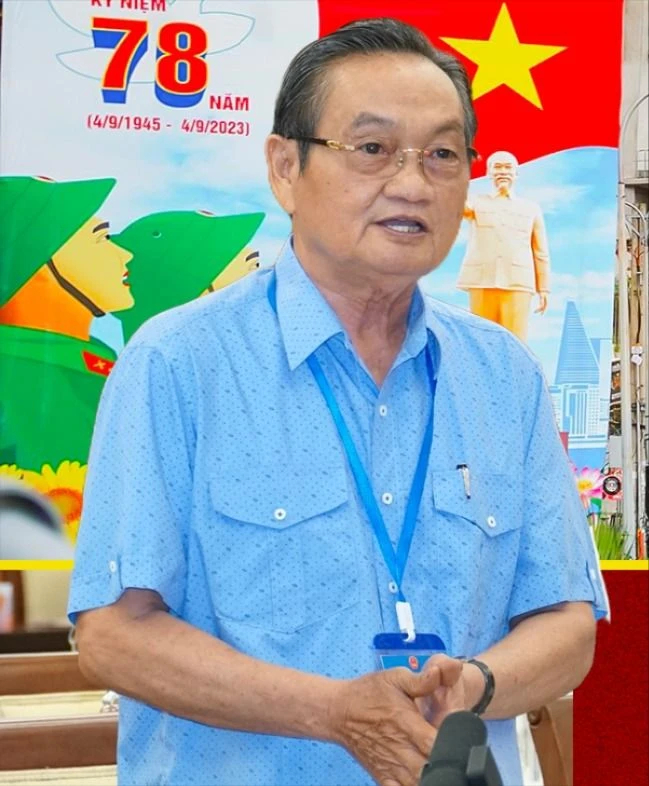
Creating institutional momentum, addressing bottlenecks
First of all, it is necessary to affirm that Resolution 98 on piloting a number of specific mechanisms and policies for Ho Chi Minh City is an important legal tool to create institutional motivation, improve the efficiency of the civil service; handle bottlenecks in capital absorption and promote the process of economic restructuring and urban infrastructure construction; including the following focuses:
Firstly, promote digital economy, green economy, sharing economy. Implement programs to support innovative startups, focusing on two contents: (1) Policy to support sharing economy, digital economy and circular economy and (2) Project to support the development of innovative startup ecosystem. Circular economy, green economy towards the goal of net-zero by 2050 is the main direction for business development and building support policies, promoting economic restructuring. Circular economy, green economy is the main direction for economic restructuring in the city.
Second, handle projects that have been stagnant for many years, such as flood prevention, Thu Thiem urban area, Safari area with suspended planning in Cu Chi, Binh Quoi - Thanh Da... Develop a plan to review all state-owned land funds that are being managed and leased short-term every year; propose the best planning indicators to increase land efficiency (best to attach TOD), with the principle of on-site reinvestment: where the money from land auctions is, allow reinvestment to upgrade the technical infrastructure system and social infrastructure of that locality.
Third, create a legal basis for implementing urban beautification projects such as renovating old apartments, canal houses, and social housing. Projects to renovate and build new old apartments need to be linked to the City Housing Development Program. Apply specific policy mechanisms to implement this project in the form of public-private partnership (PPP). Prioritize resources and appropriate investment socialization models, quickly implement the Xuyen Tam canal project, Tham Luong - Ben Cat canal - Nuoc Len canal, to handle environmental pollution, urban beautification, and housing development (these projects need to be placed according to the "3 in 1 model": environment, urban beautification, and housing development).
Fourth, apply the mechanism for implementing compensation, support, resettlement, and site clearance along traffic routes within the prescribed scope (urban railways, beltways, expressways) and other potential locations, to implement on-site resettlement projects or create land funds to organize auctions to select investors for urban development projects associated with public transport (TOD). This is an effective method of exploiting land funds associated with new traffic axes and urban embellishment land funds. Proactively coordinate with localities in the Southeast region to develop a plan for the development of an urban railway system connecting urban areas in the Ho Chi Minh City Metropolitan Area, according to the approved plan.
Fifth, developing riverside - sea-oriented economy: Continue to implement Resolution 20-NQ/TW of the Politburo (2002) on relocating the port system in the inner city area to create space for city development and exploit the economy along the Saigon River. Develop a plan with specific goals for each year in the period of 2023-2026 to relocate all seaports on the Saigon River, from Khanh Hoi port to Den Do cape (District 7) according to the planning, to mobilize resources to develop high-end service chains and public parks along the Saigon River; effectively exploit the advantages of a river city. Build an international cruise ship port on the basis of using the space and 1,800m of wharf of Khanh Hoi port, associated with the history of Nha Rong port. Quickly deploy the attraction of investment in the construction of Can Gio international transit port, associated with the construction of Binh Khanh bridge, construction of a duty-free zone (FTA); construction of Can Gio sea-encroaching urban area.
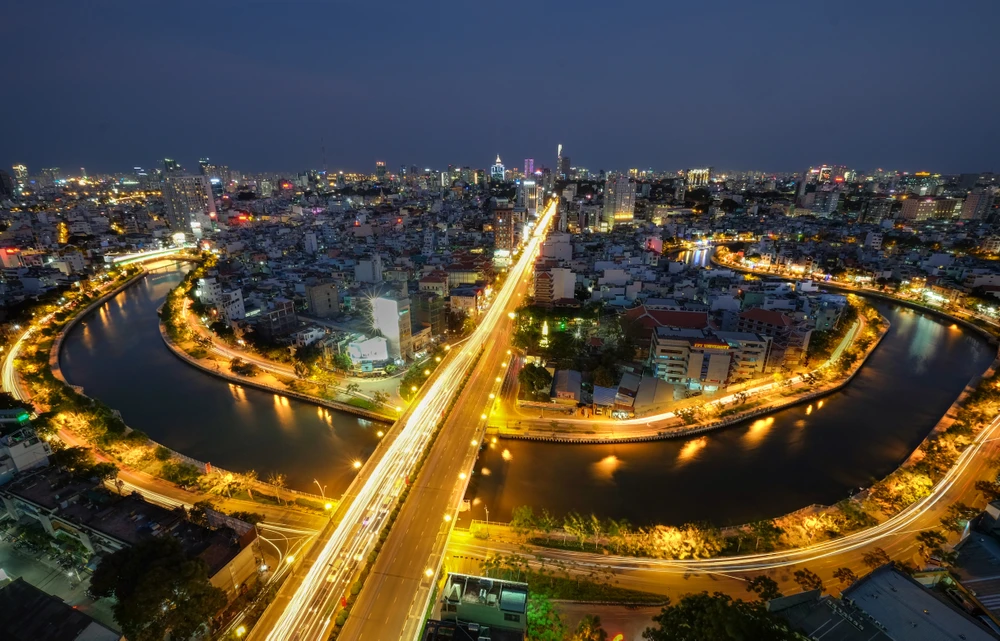
Sixth, specifically implement policies on science, technology and innovation development. Effectively implement specific policies in science, technology and innovation management, in order to mobilize resources and human resources, promote all social sectors to participate in scientific research, technology development and innovative startups. Continue to effectively implement the key science research - technology development and innovation program in Ho Chi Minh City for the period 2021-2025. Research, develop and apply technology to serve smart cities and digital transformation. Research, develop and apply industrial technology, technology to serve health protection and care, high-tech agriculture, serve urban management and development, etc.
Seventh, from the practical implementation of Resolution 98, continue to build and perfect the urban government model suitable for the scale of a city of over 10 million people and organize the cities under Ho Chi Minh City.
Development orientation and things to do immediately
To continue to establish the position and role of Ho Chi Minh City in the next 10 years in the spirit of Resolution 31-NQ/TW of the Politburo, the City aims for the following goals: (1) The economic growth rate in the area must maintain a growth rate 1.2-1.5 times higher than the national average; (2) Economic activities in the area must be the most "market-oriented" place compared to the whole country; (3) Enhance the role of the gateway for domestic economic exchange and international trade; (4) Be the locality that most successfully implements the goal of enhancing institutional competitiveness in the ASEAN4 group as the Government's goal; (5) The 3 basic factors to enhance competitiveness: institutions, human resources and infrastructure must be outstanding features of Ho Chi Minh City; (6) The city used to be the "startup" place for entrepreneurs nationwide, in the new era it must be the "startup" place of the region. The city must be the pioneer in successfully implementing the National Digitalization Program, especially the content of digital government and digital enterprises.
Along with the breakthrough mechanisms of Resolution 31, the piloting of a number of specific mechanisms and policies for Ho Chi Minh City according to Resolution 98 includes expanding decentralization and delegation of authority to the city, in order to promote the dynamism, autonomy and self-responsibility of the city government; at the same time, piloting a number of policies to mobilize resources such as expanding the PPP model into the fields of culture and sports; developing the TOD model; increasing the city's investment budget deficit to 120% compared to the balanced local budget; expanding the forms of BT, BOT...
Resolution 98 is not a magic wand to solve all existing problems of Ho Chi Minh City, but an important legal tool to create institutional motivation, improve the efficiency of the civil service; handle bottlenecks in capital absorption and promote the process of economic restructuring and urban infrastructure construction...
By the end of 2023, the People's Council and People's Committee of Ho Chi Minh City had issued documents specifying the contents of Resolution 98, forming a legal framework on the powers and responsibilities of the local government apparatus in the economic and budgetary fields, which is the most effective method of state management, in the operating conditions of a market economy; in which a decentralization mechanism for Thu Duc City is formed. The immediate priority of Ho Chi Minh City is to effectively implement 7 groups of contents of Resolution 98 on mechanisms and policies. In terms of mechanisms, Resolution 98 focuses on the issue of decentralization in 5 areas.

However, this is only the pilot phase of the decentralization model, decentralizing some areas of state management to local authorities and some specific policies (compared to current general policies) for Ho Chi Minh City. Therefore, the City needs to continue researching and building an urban government model suitable to the scale and role of the City; associated with the organization of urban areas under the City in the current urbanization process of the City's 5 districts.
Regarding the urban government model, Ho Chi Minh City needs to continue to study and expand the mechanism of decentralization and delegation of power from the Central Government to the City and from the City to Thu Duc City and other affiliated cities, according to the principle: any issue that is closer to the people and can be done better should be decentralized and allocated to the lower levels; minimizing the "ask - give" mechanism; the higher levels should only issue policies, inspect and examine public services, ensuring compliance with the law.
Dr. TRAN DU LICH, Chairman of the Advisory Council for the implementation of Resolution 98 of the National Assembly
Source





![[Photo] Vietnam shines at Paris International Fair 2025 with cultural and culinary colors](https://vstatic.vietnam.vn/vietnam/resource/IMAGE/2025/5/4/74b16c2a197a42eb97597414009d4eb8)
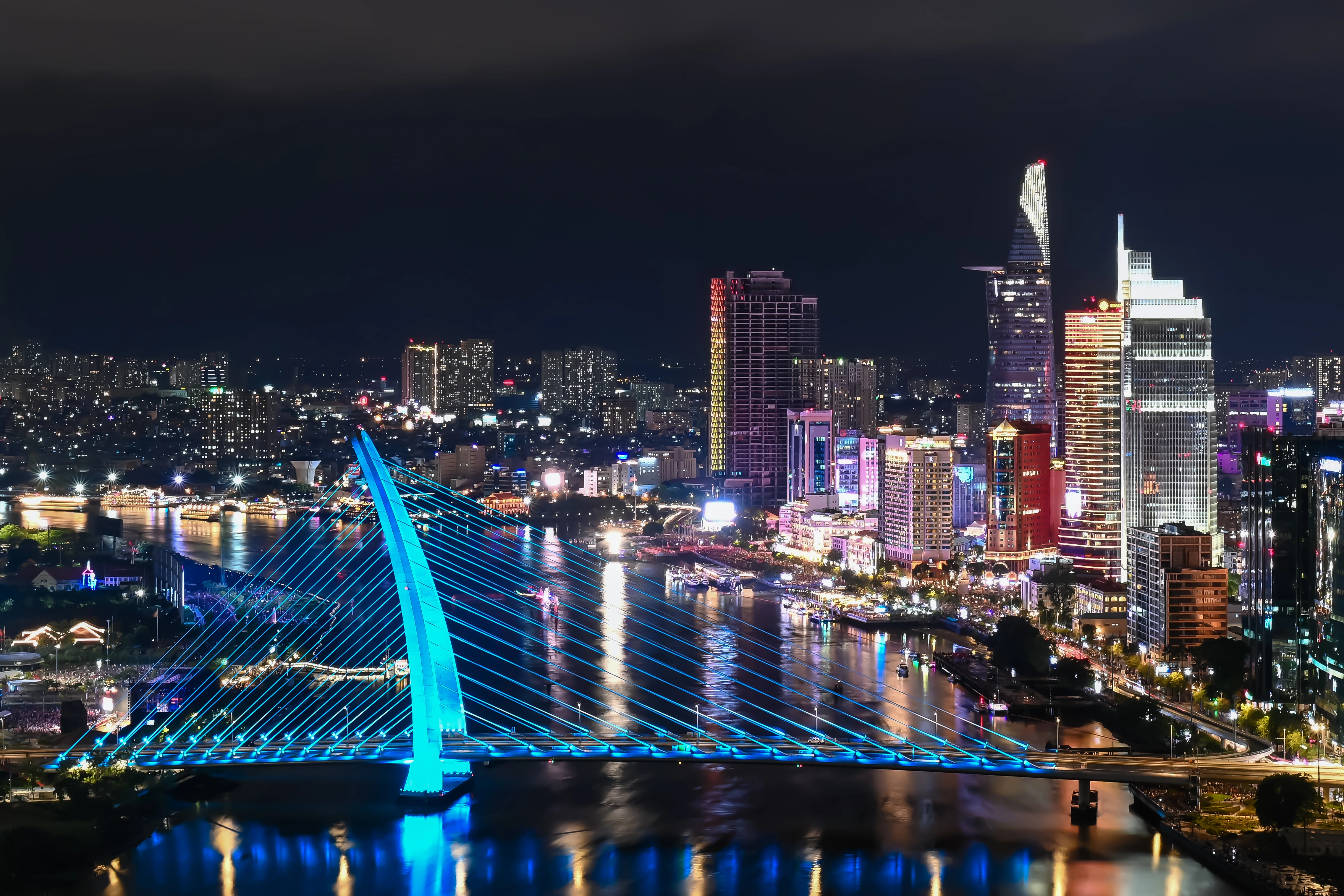
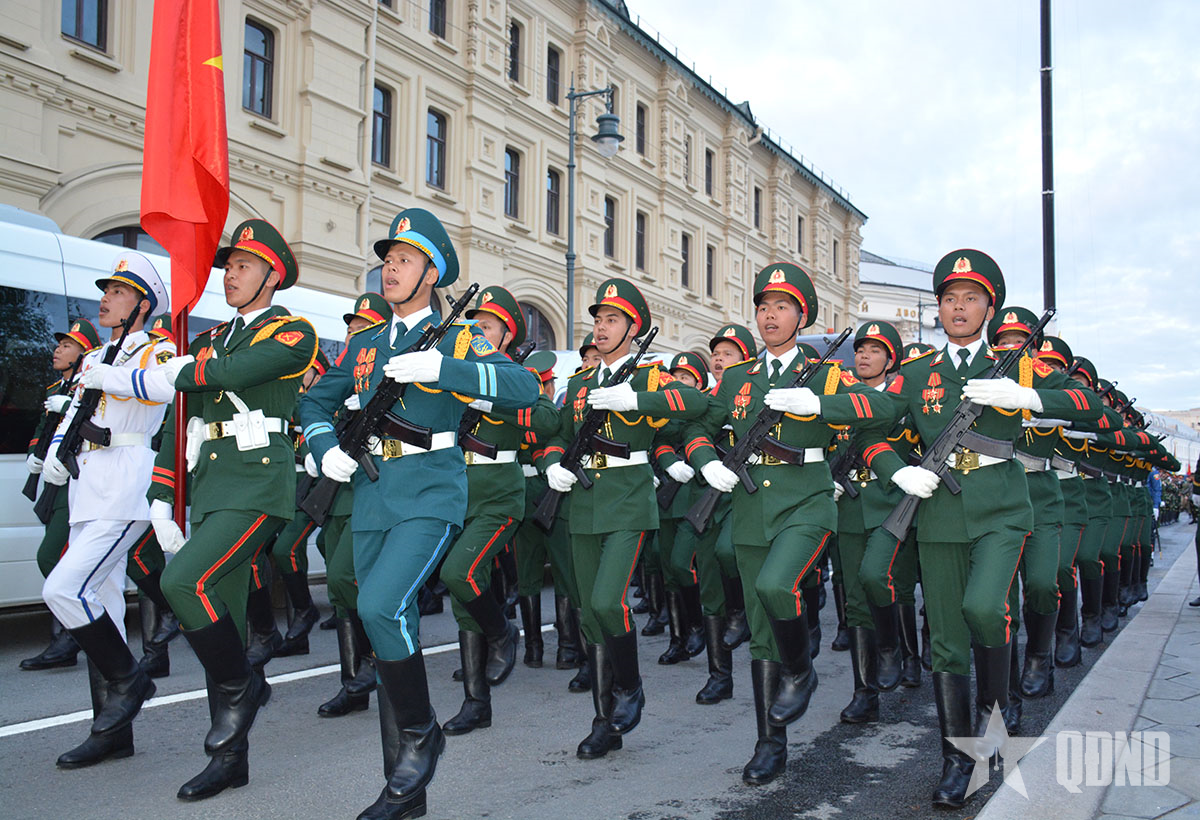
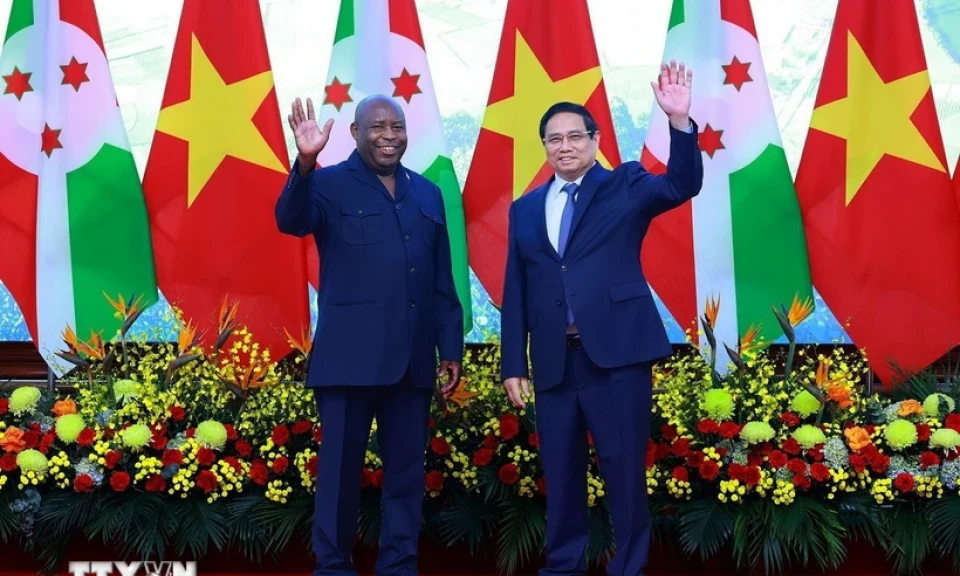

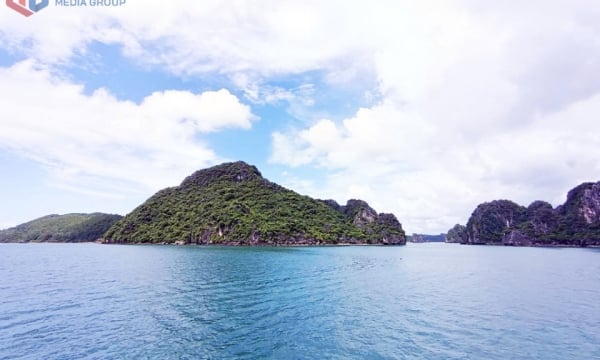
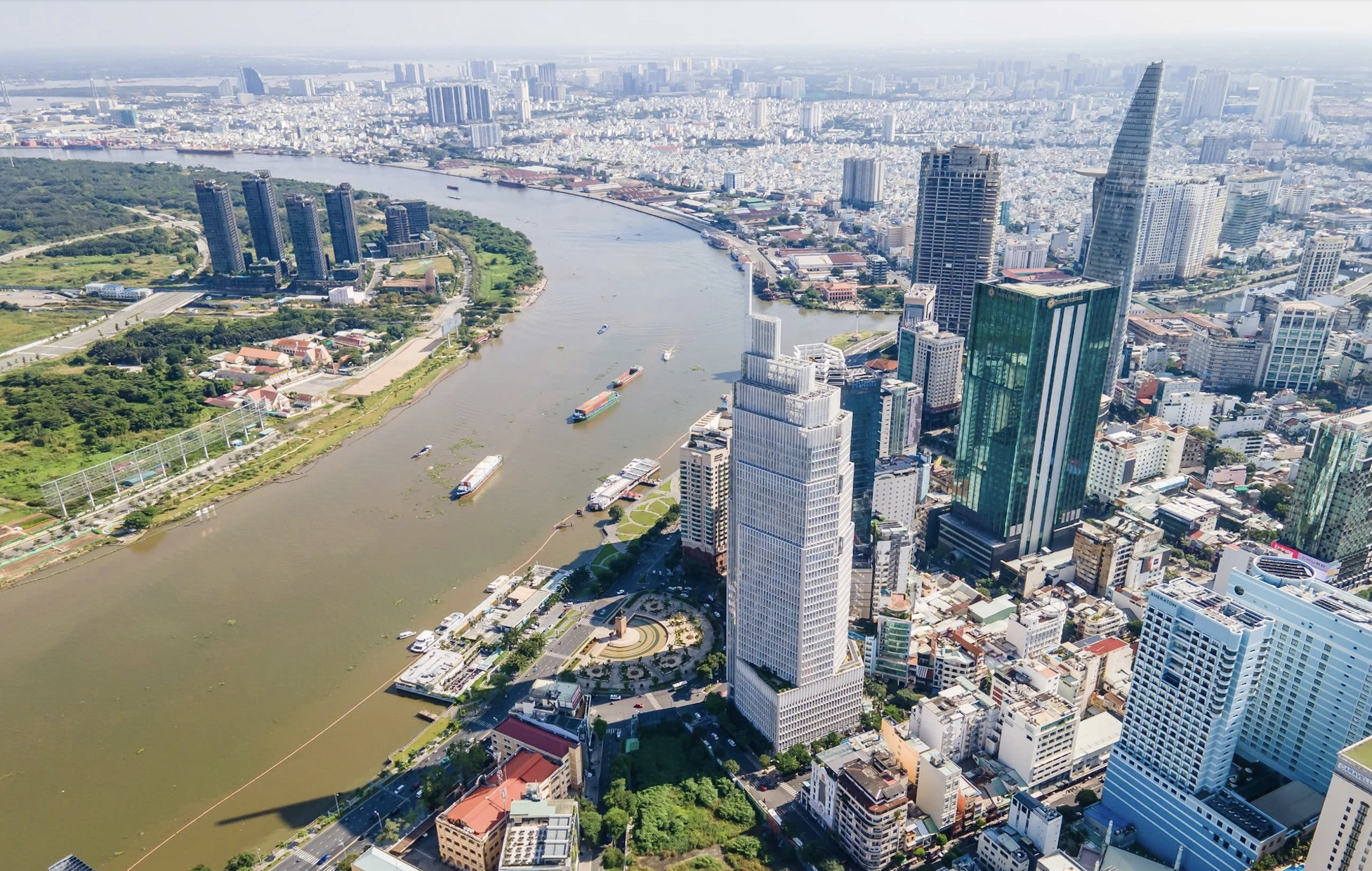

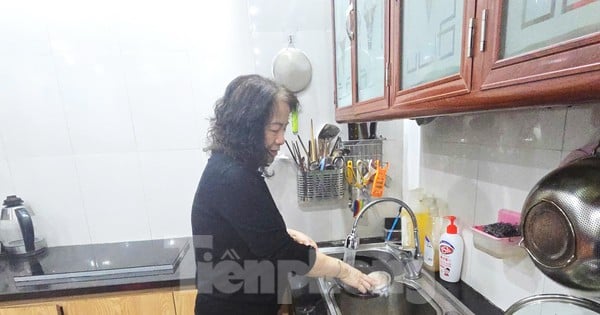

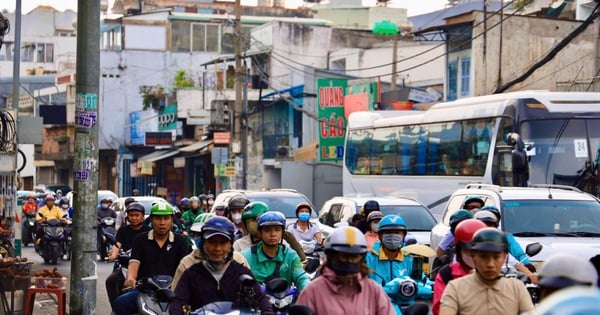

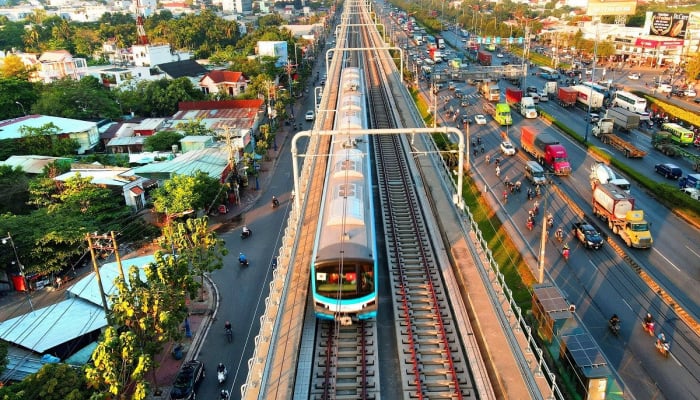

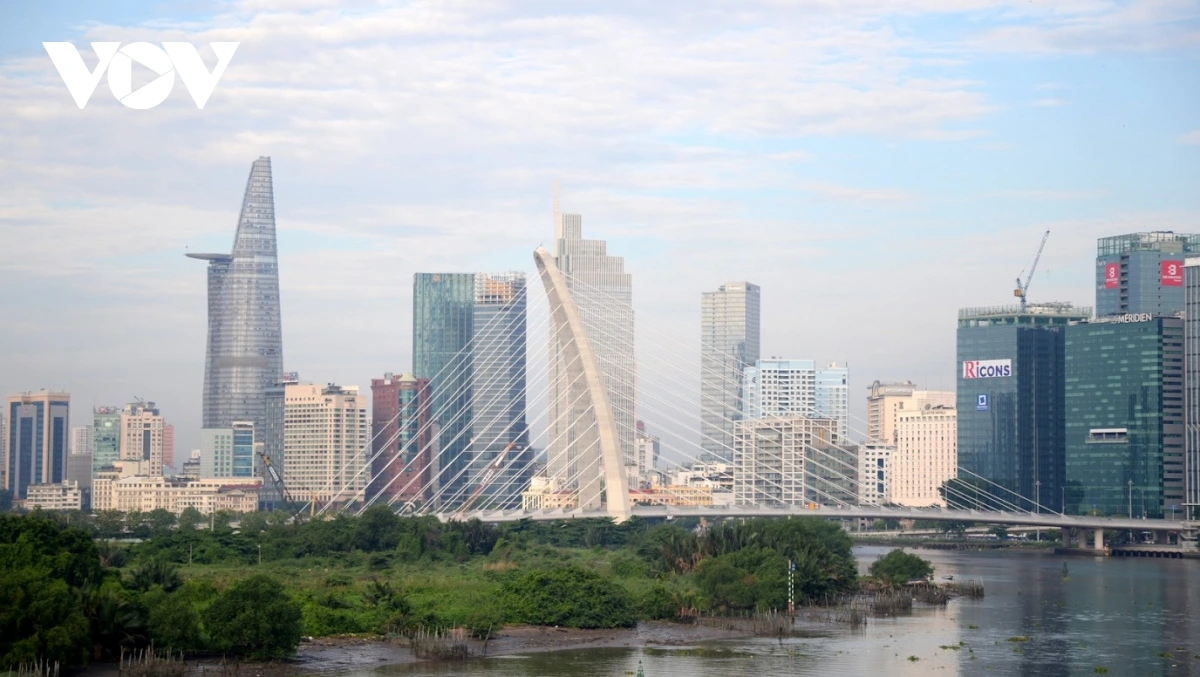

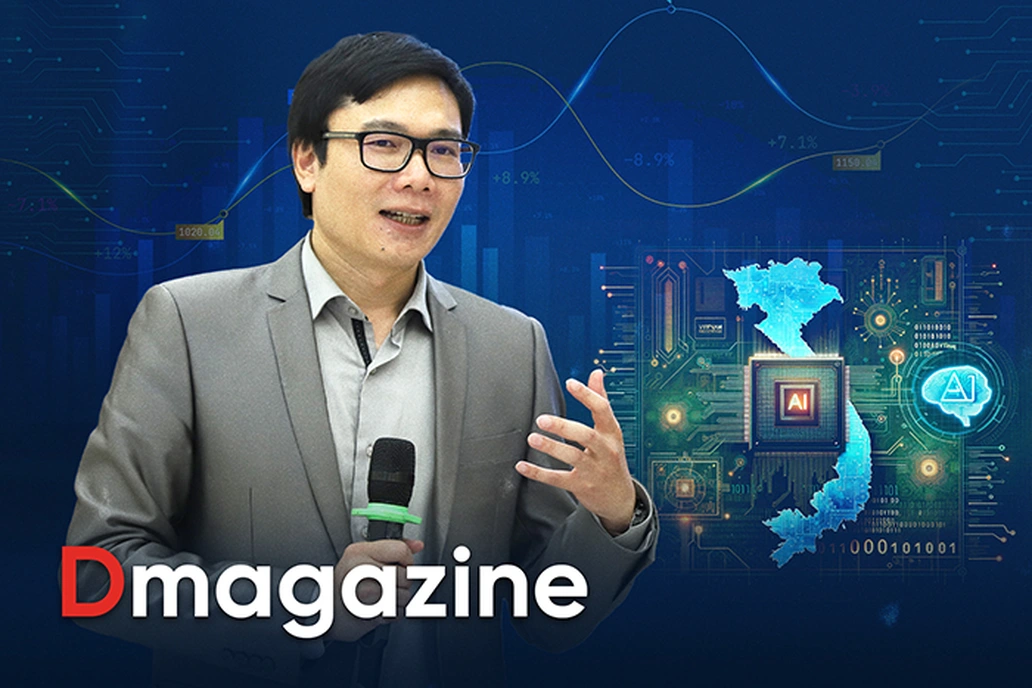

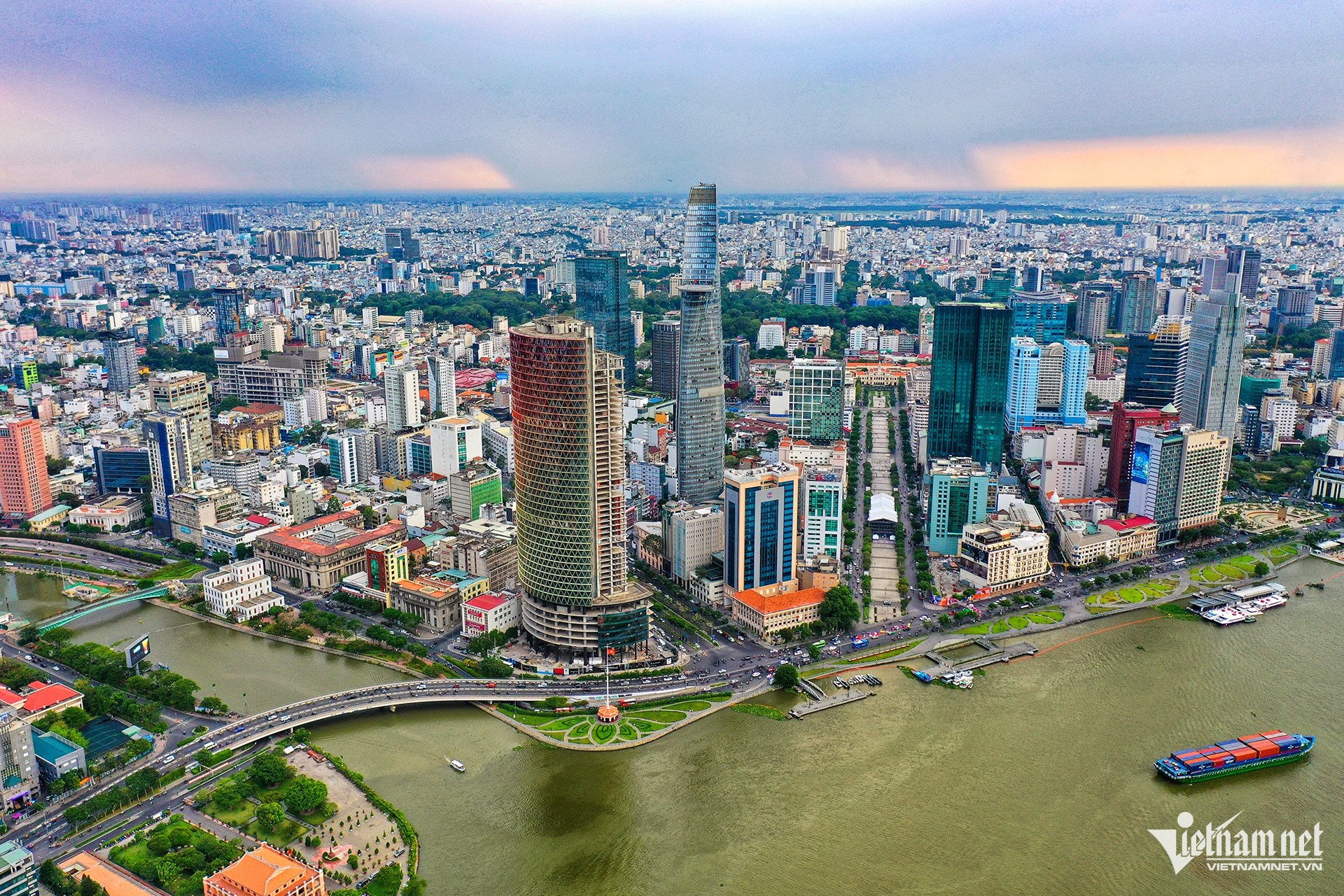



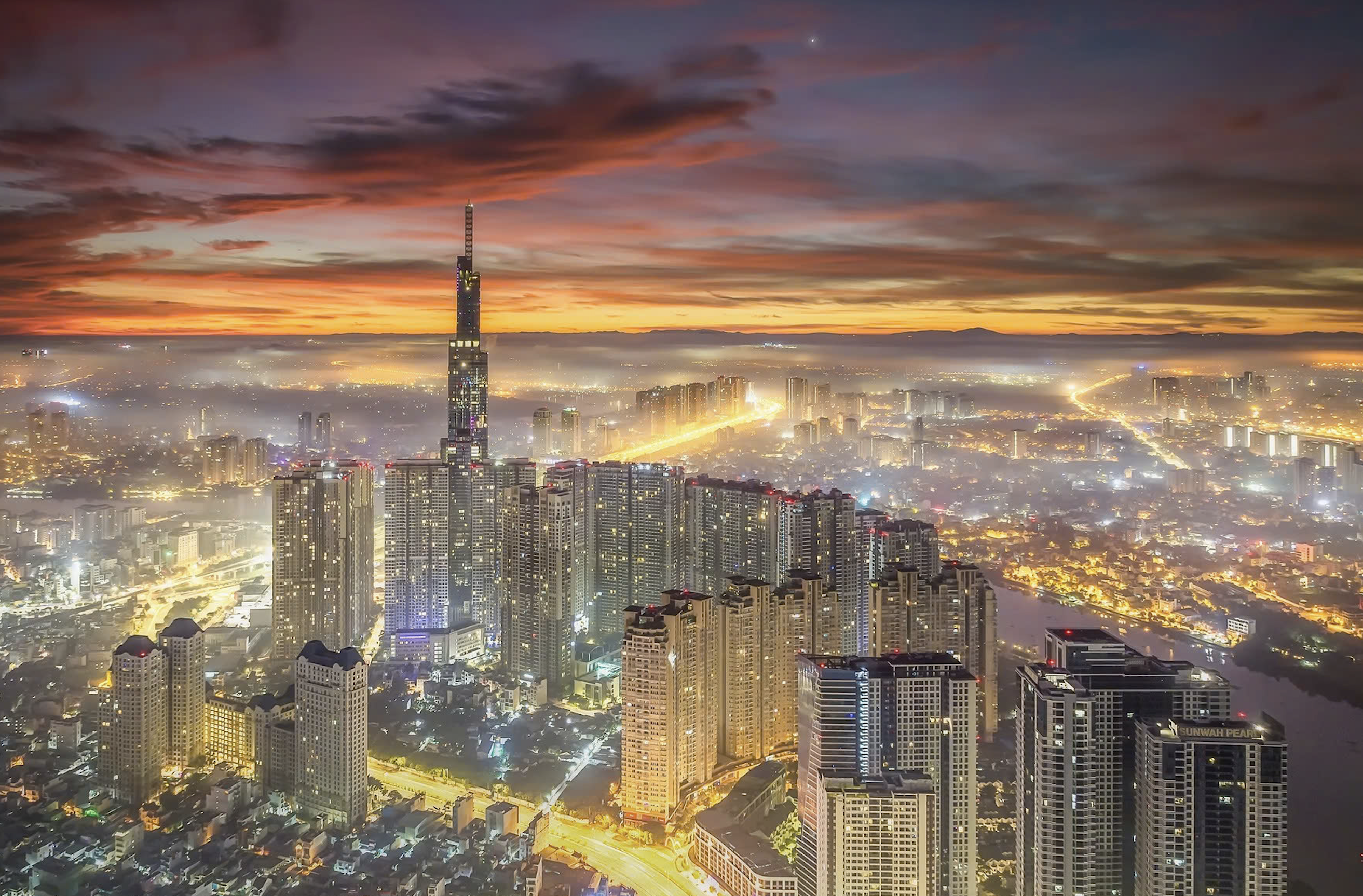
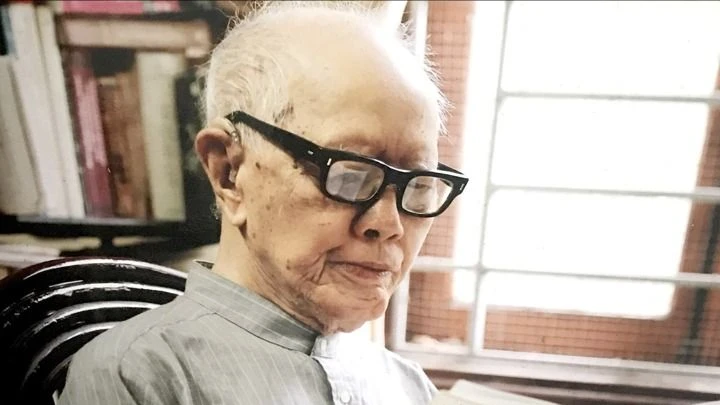



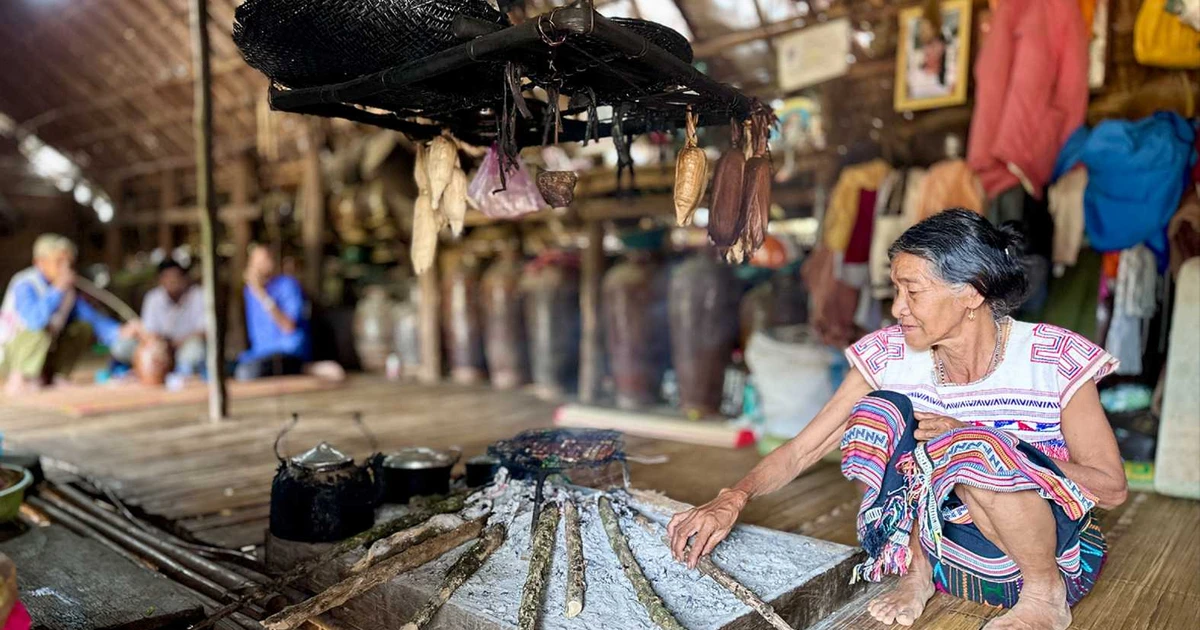

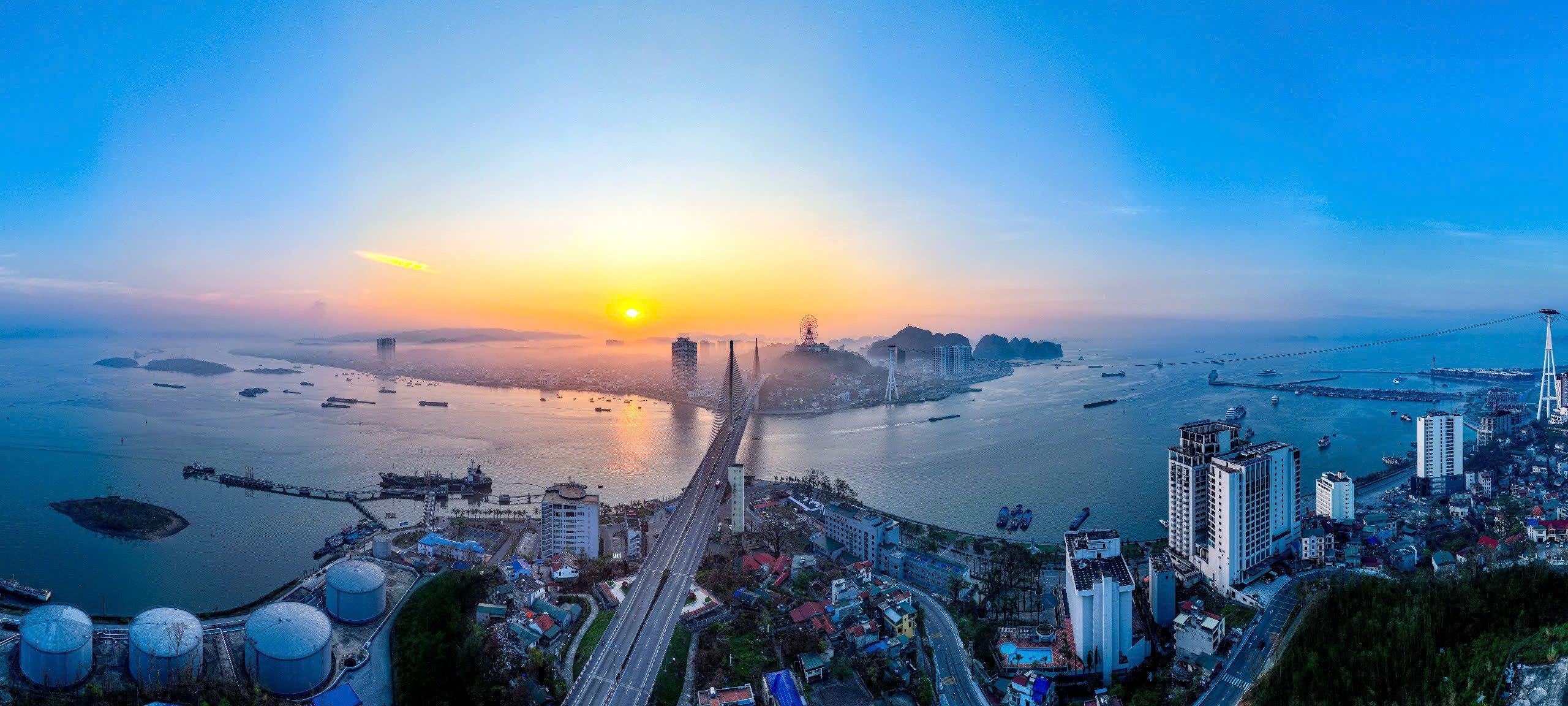
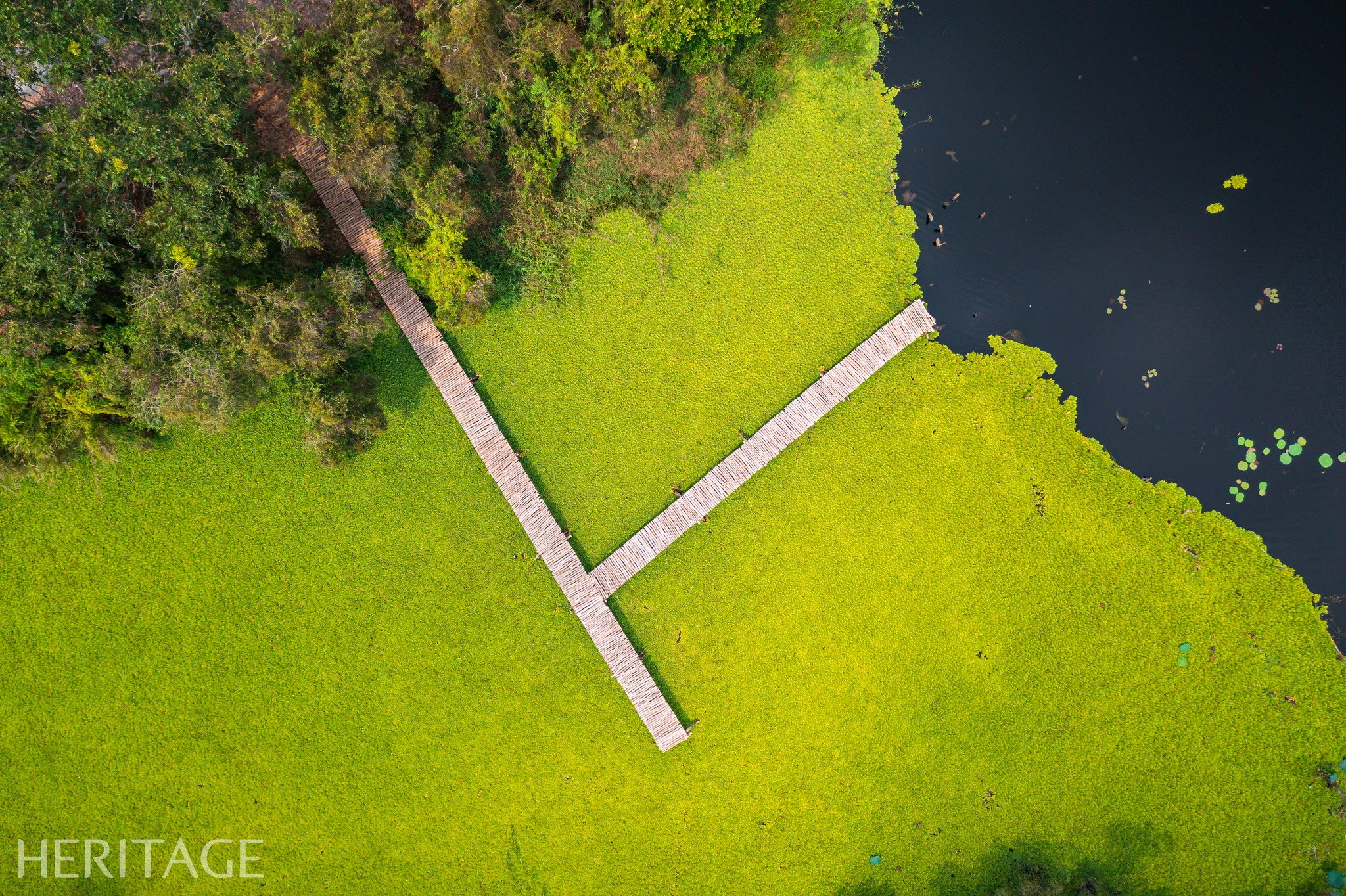
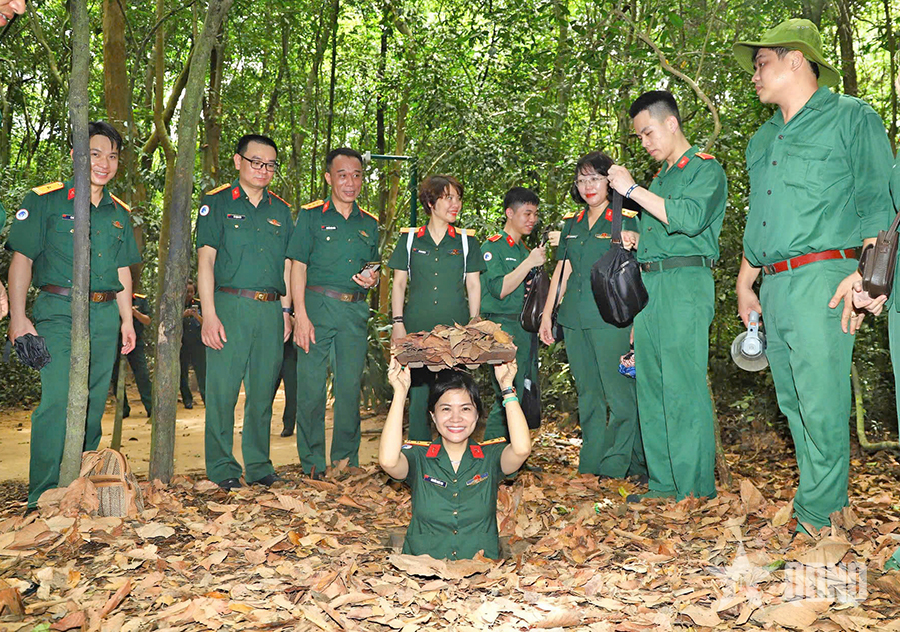

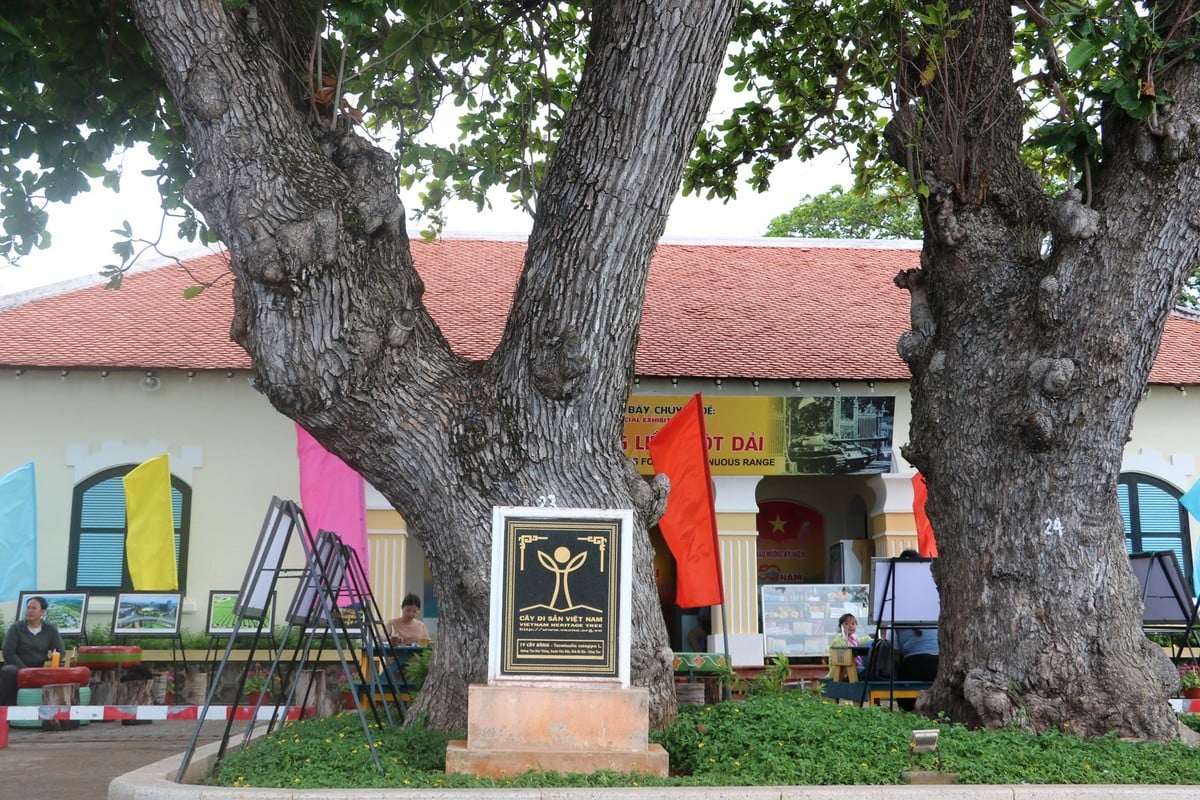
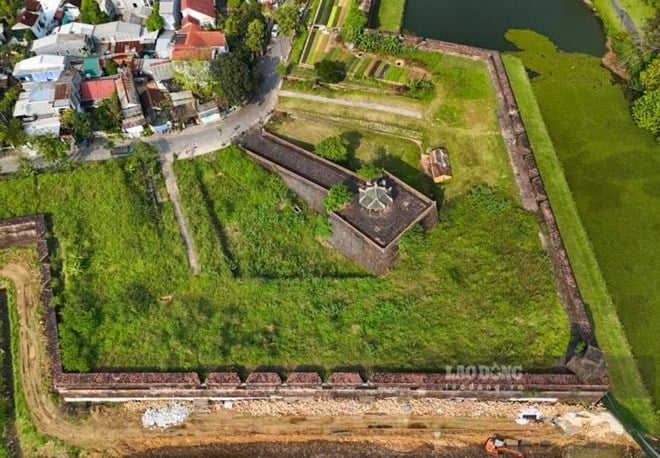

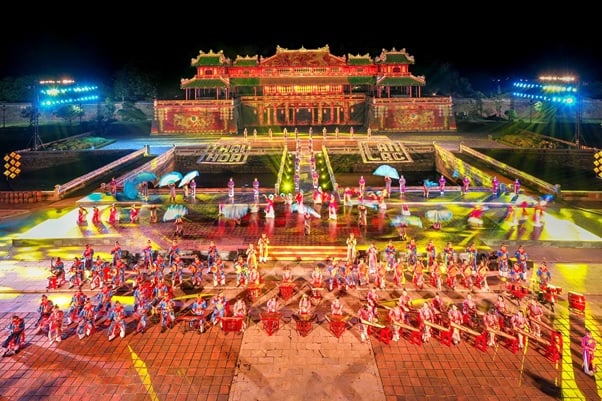
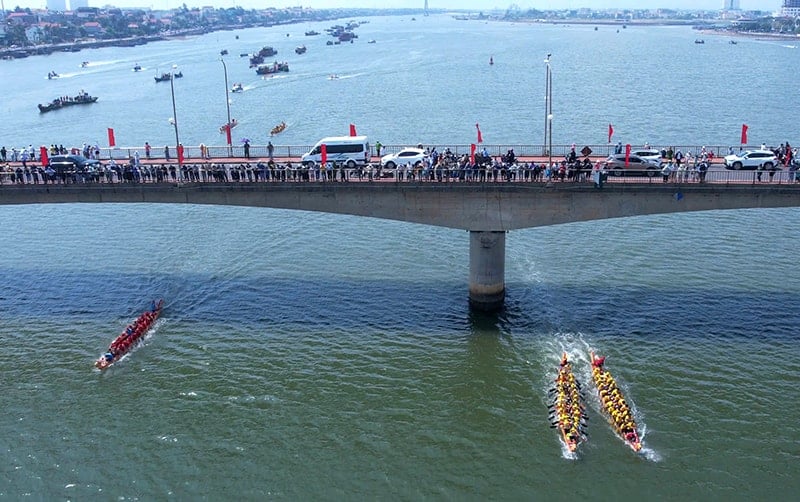
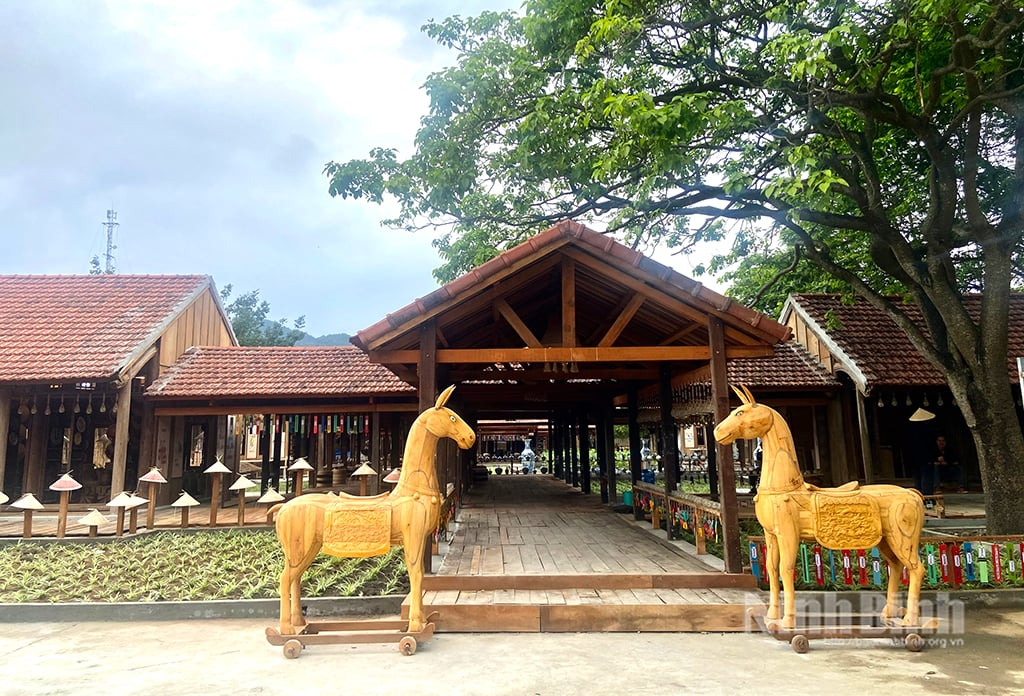
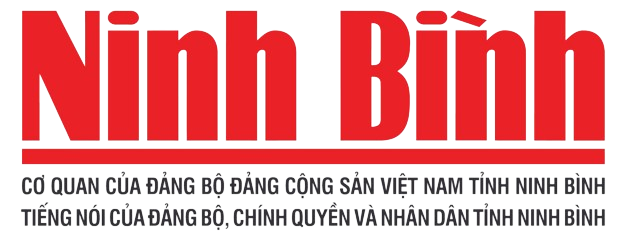
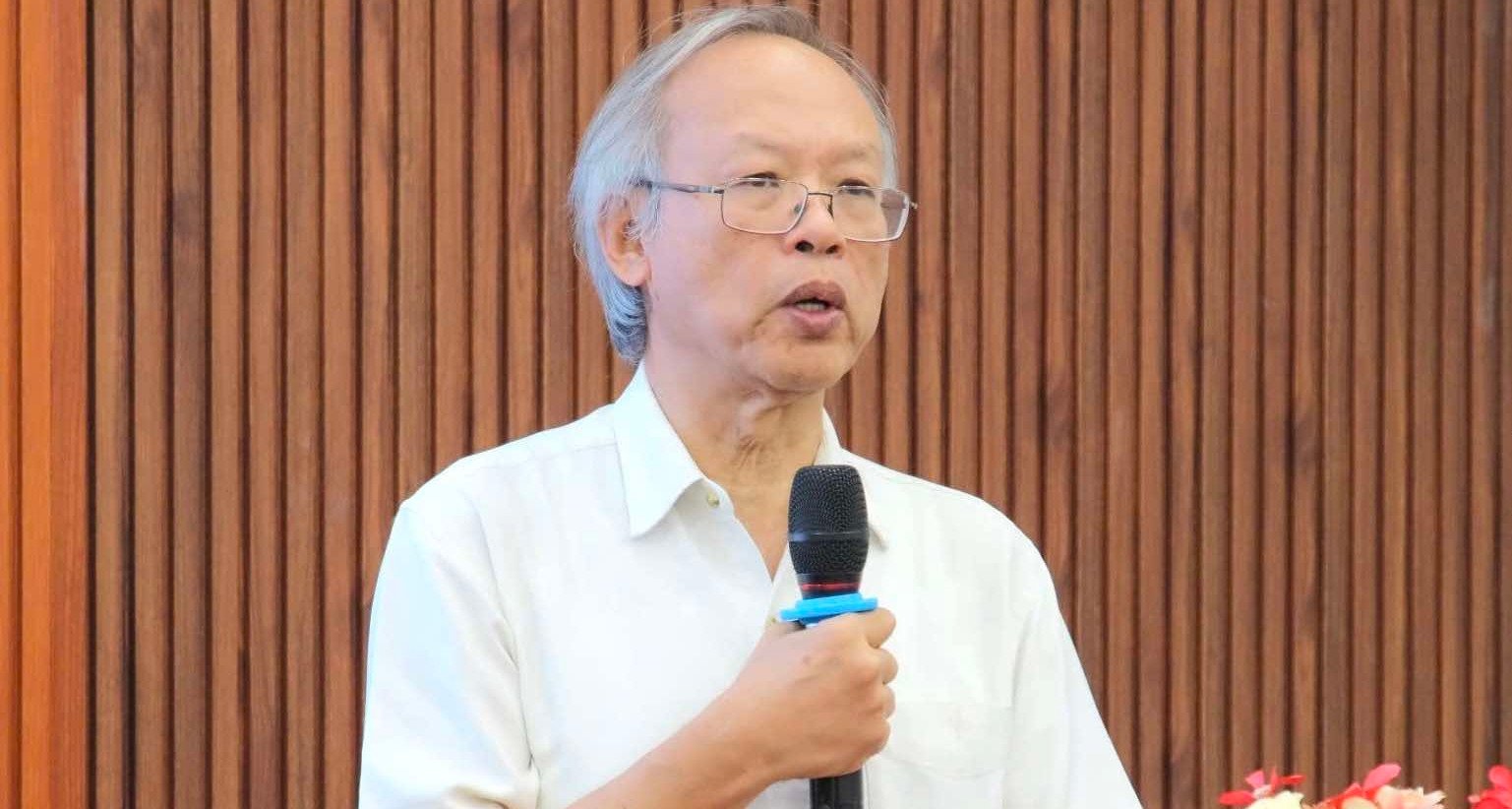


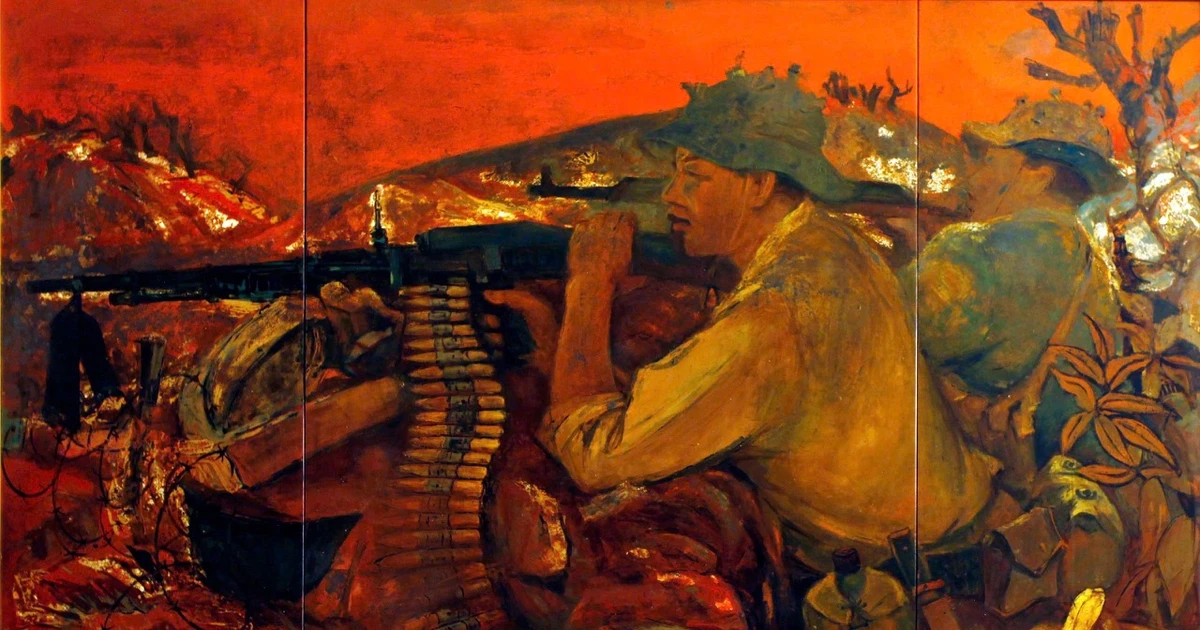


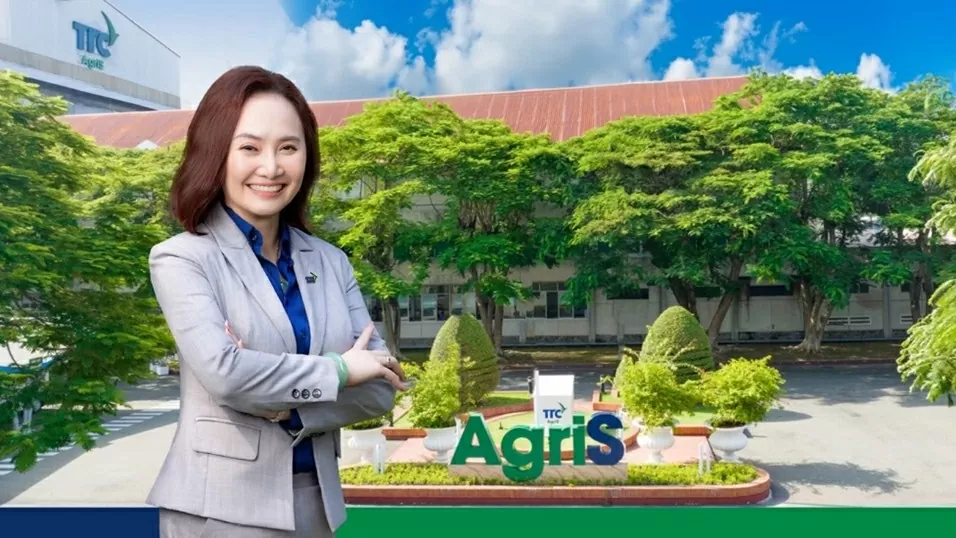

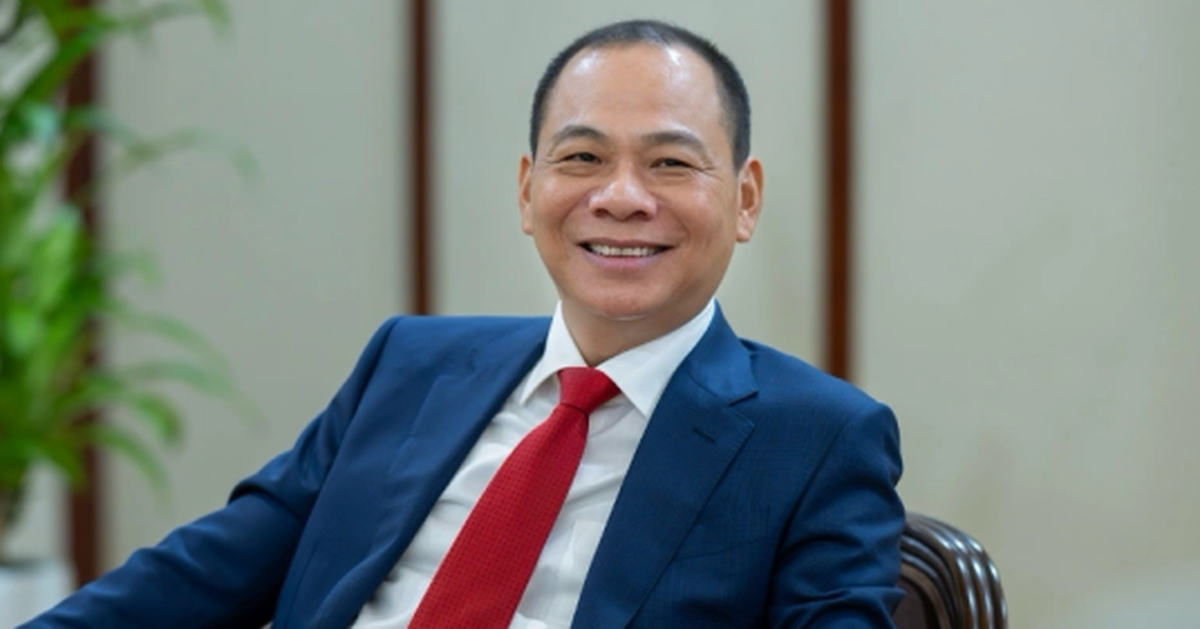

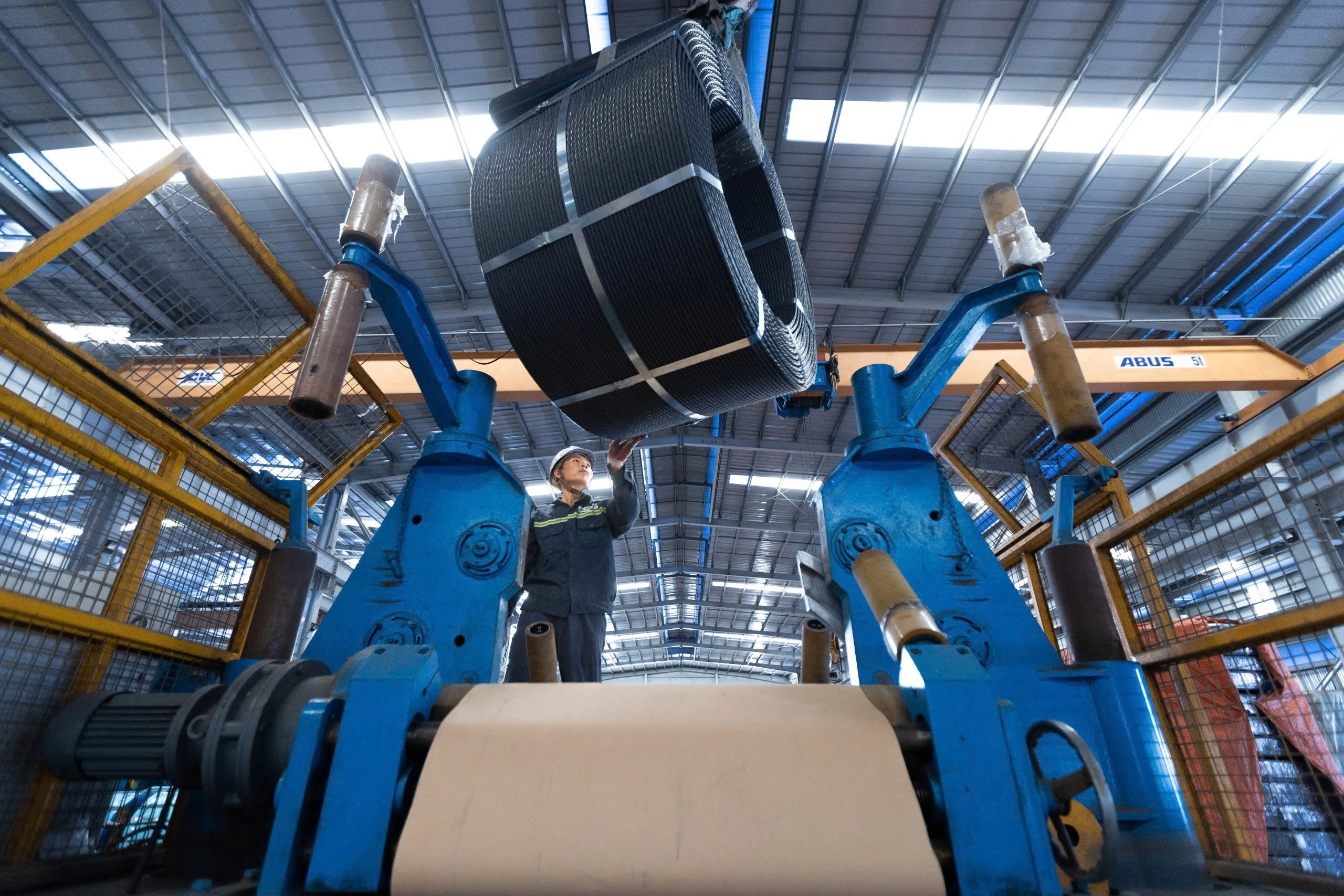

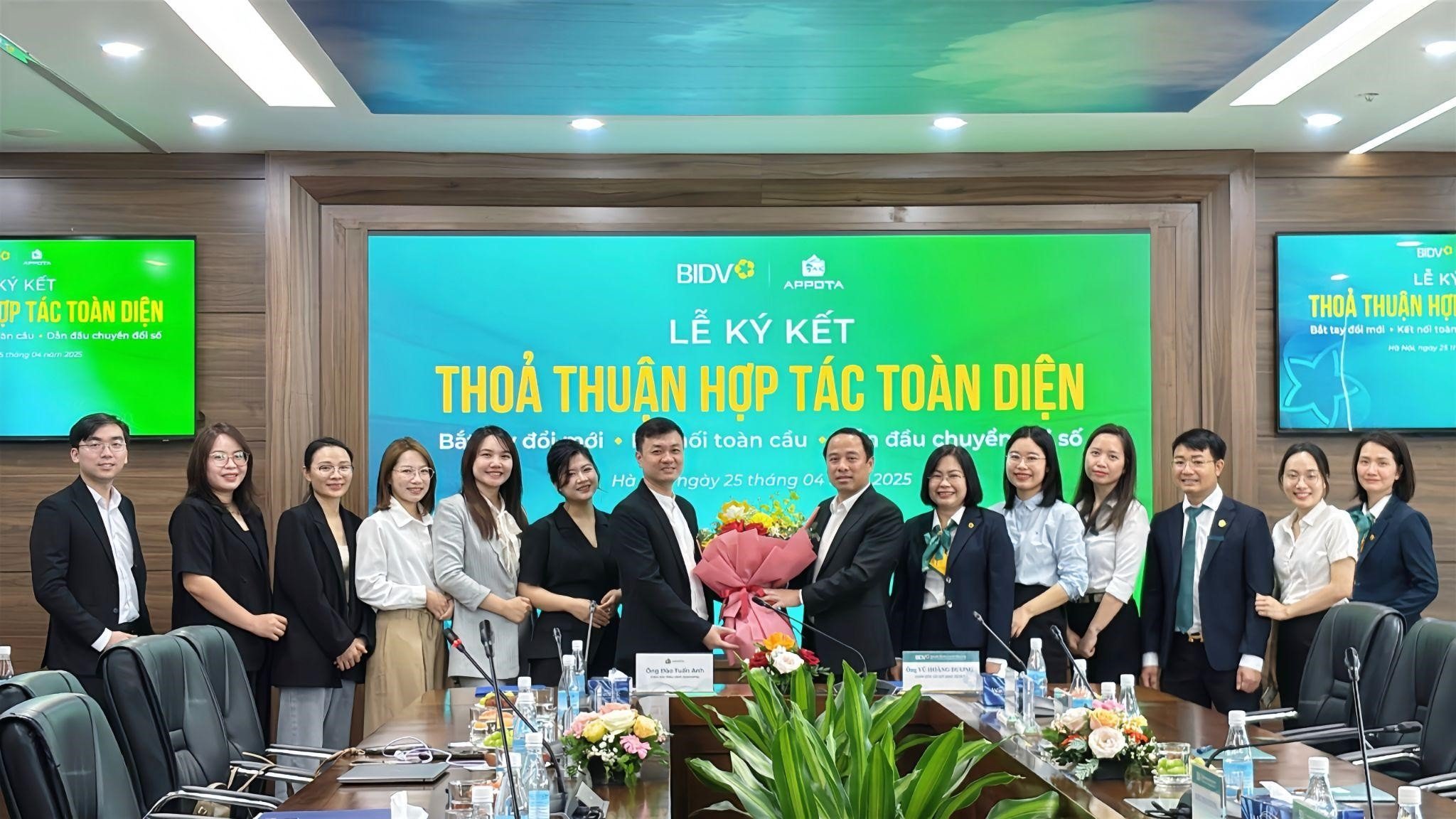

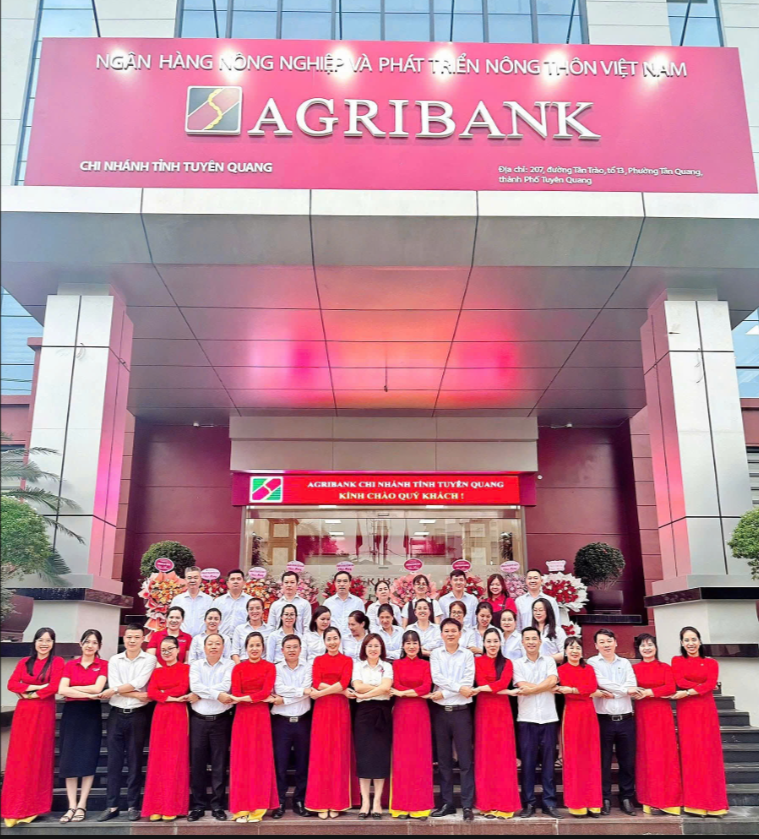
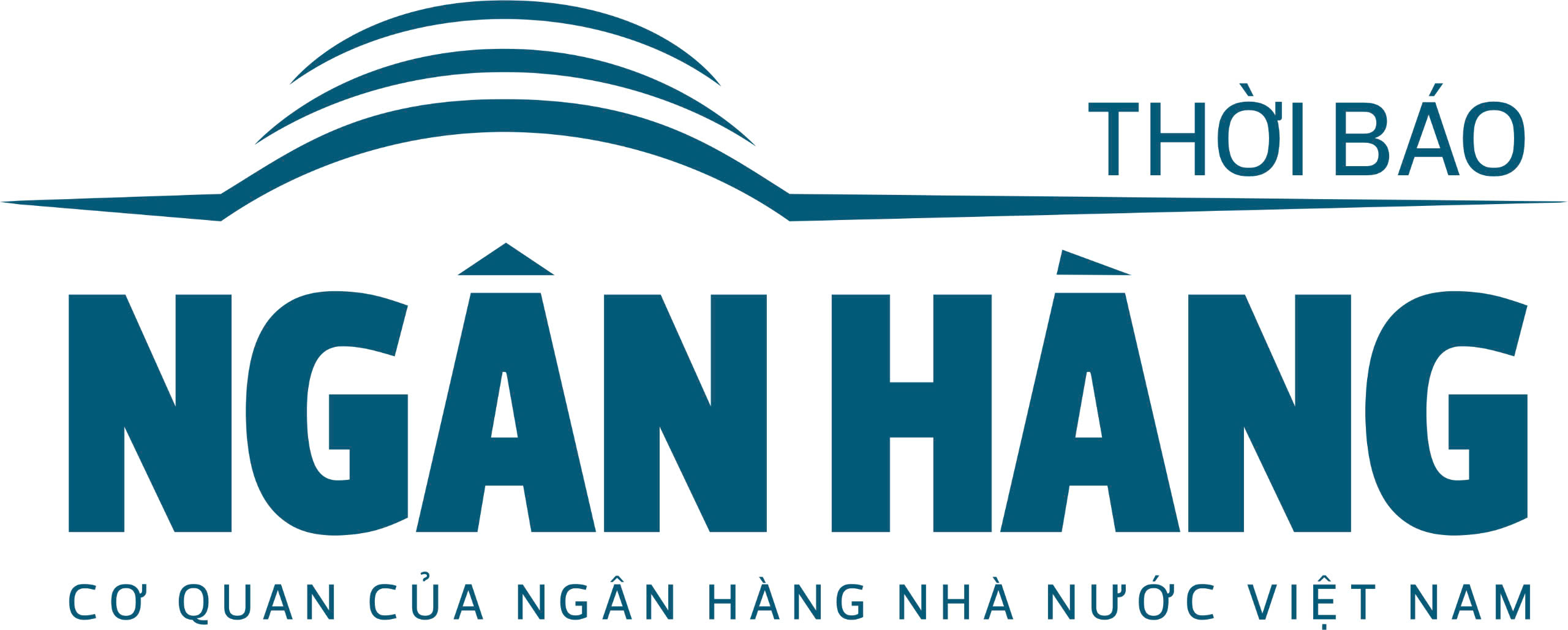
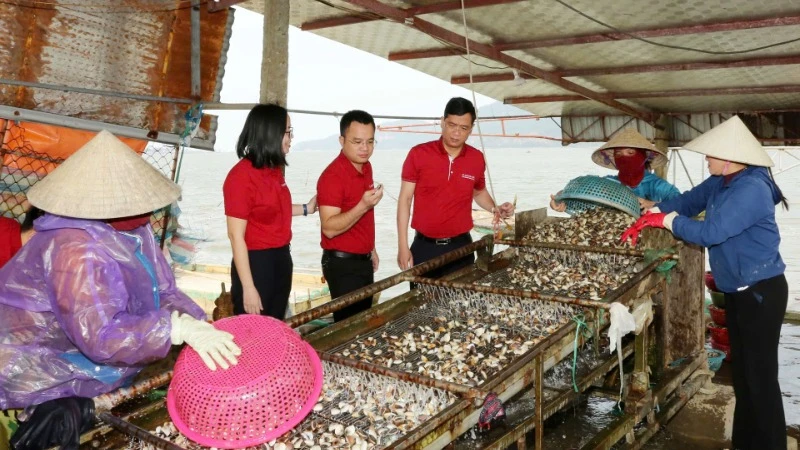
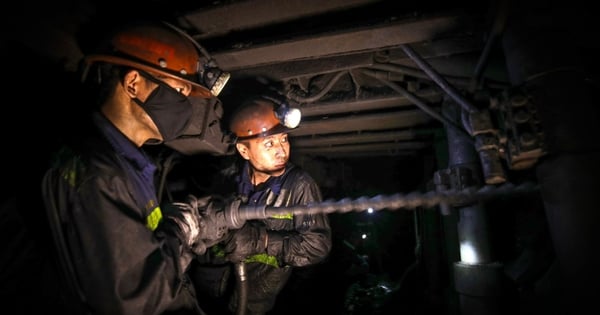


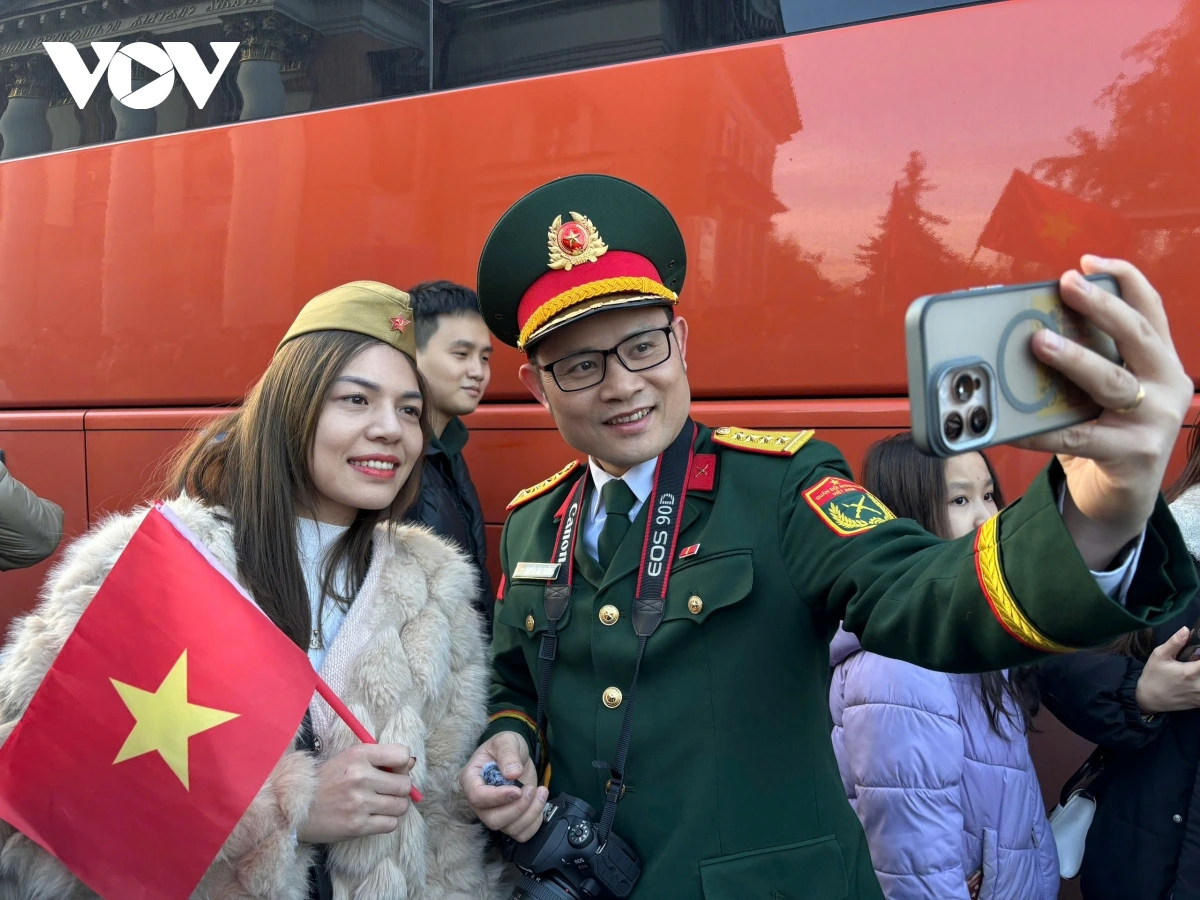



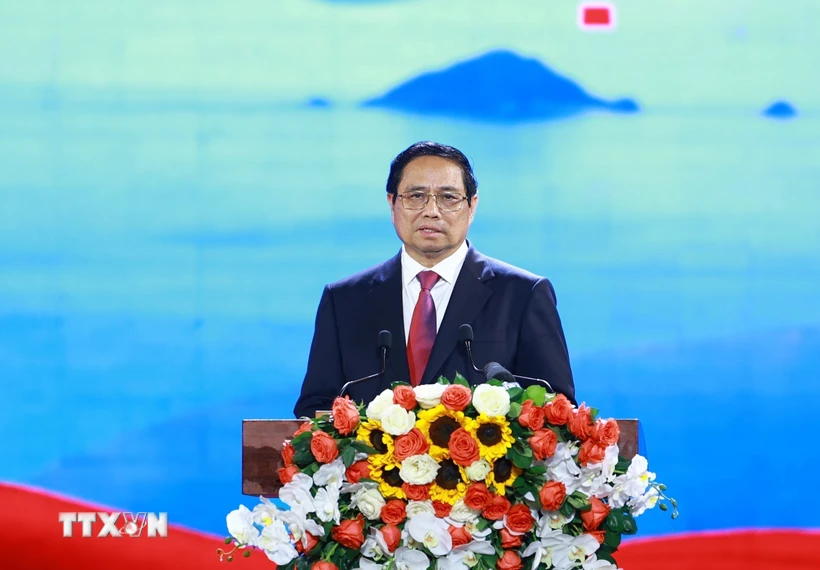

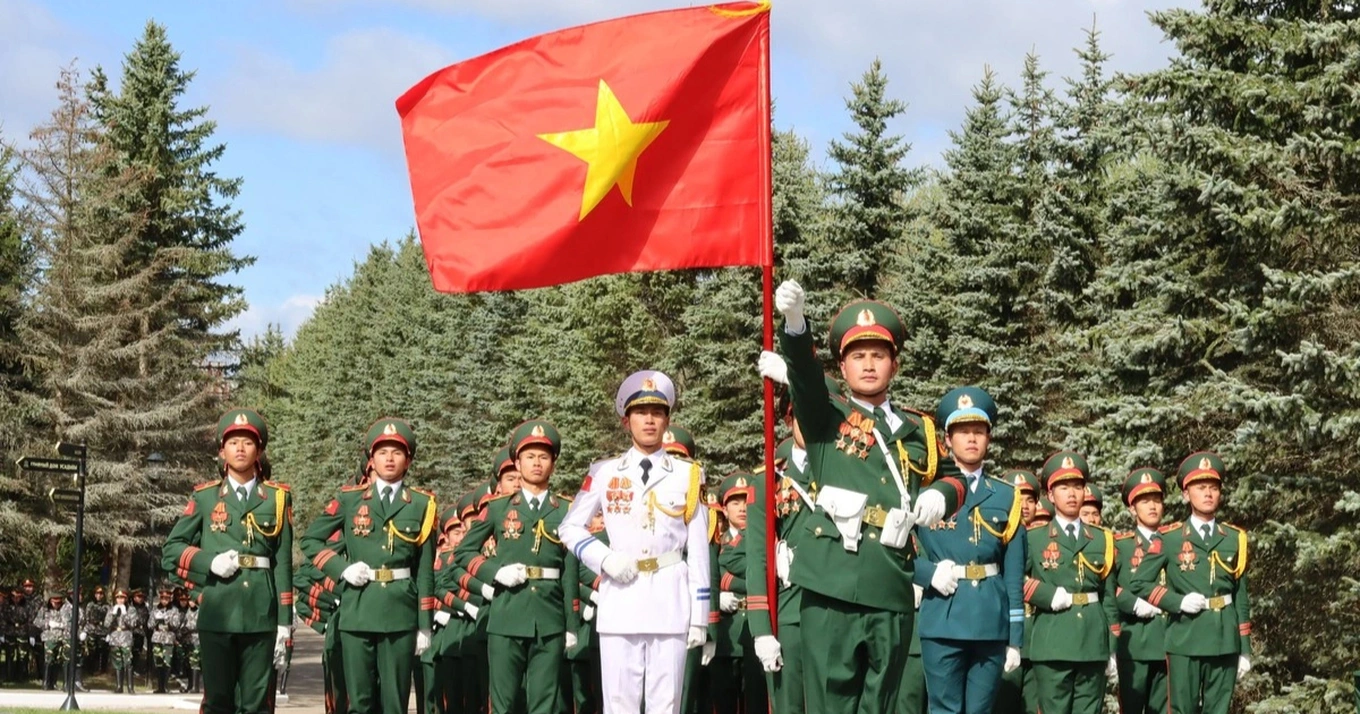
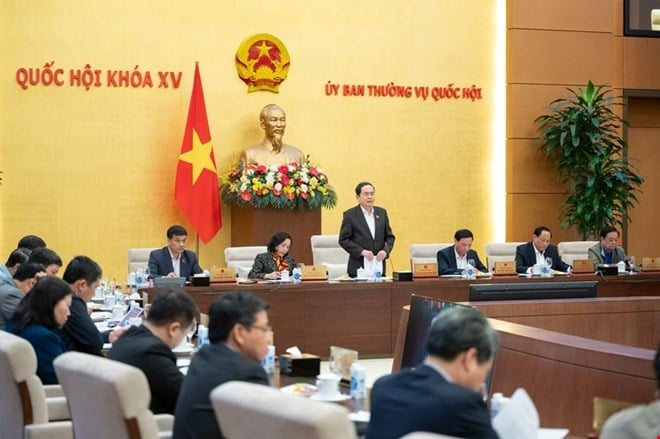


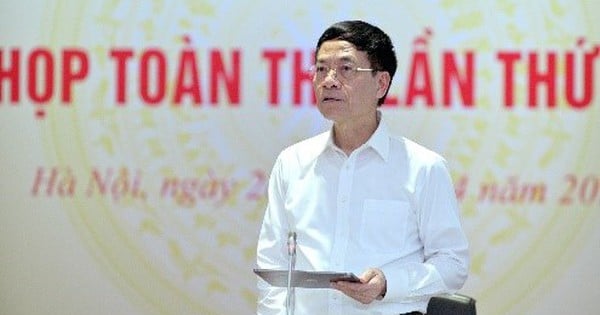

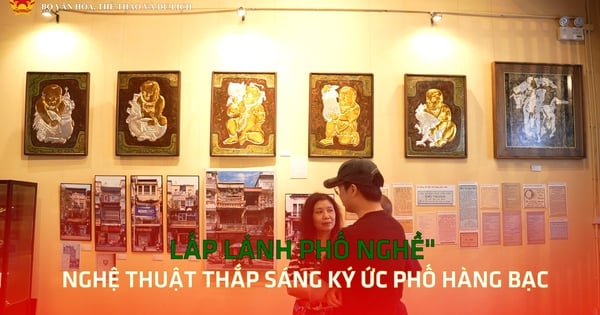
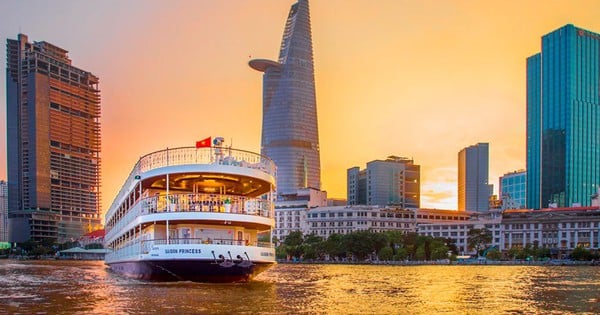
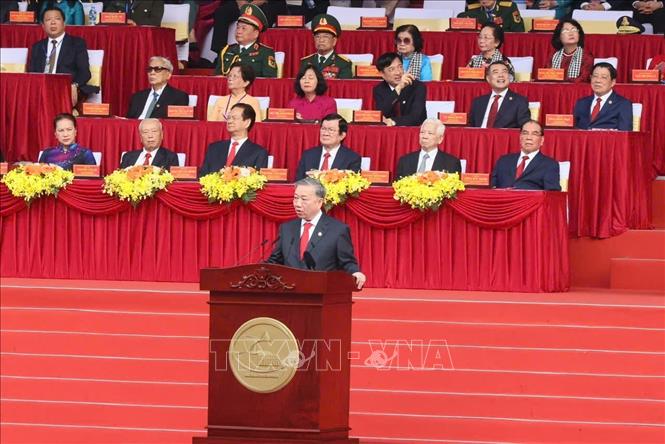

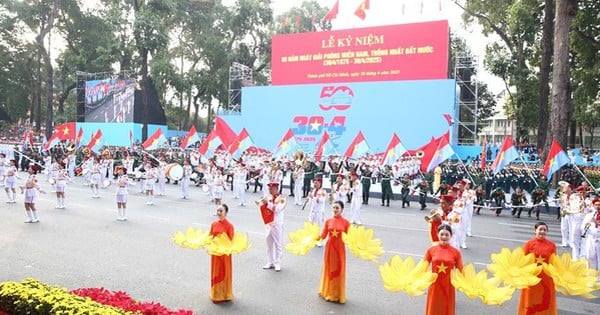
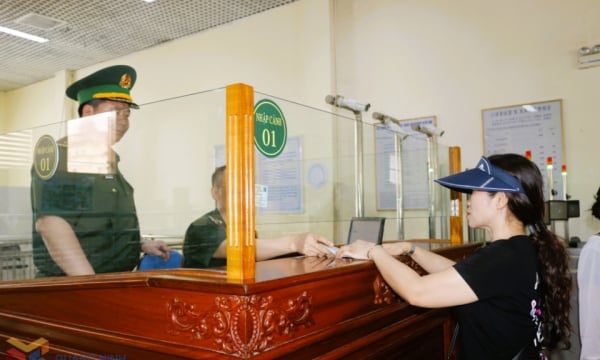




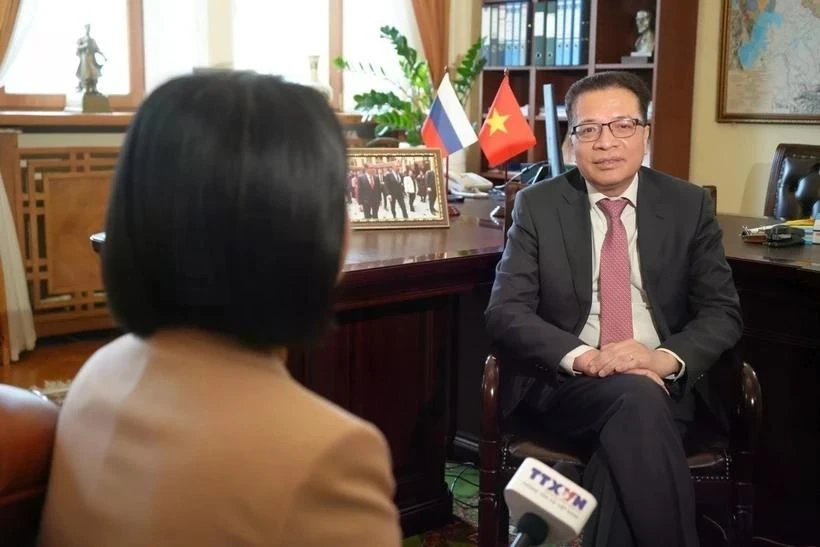
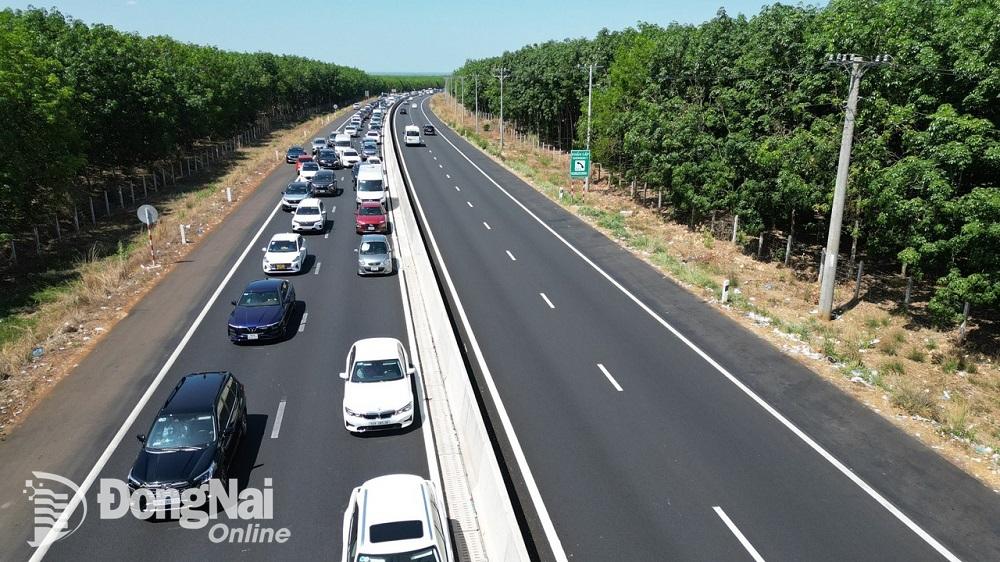



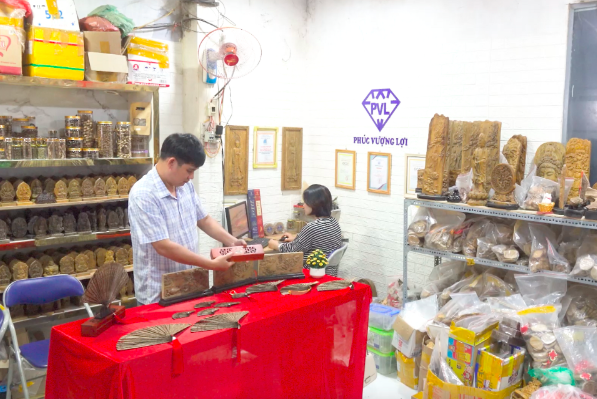

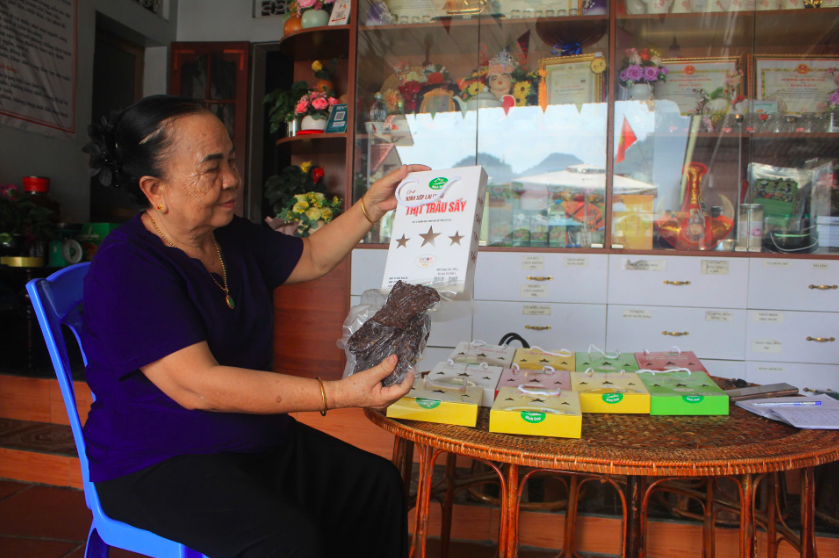

![[Video]. Building OCOP products based on local strengths](https://vstatic.vietnam.vn/vietnam/resource/IMAGE/2025/5/3/61677e8b3a364110b271e7b15ed91b3f)



Comment (0)